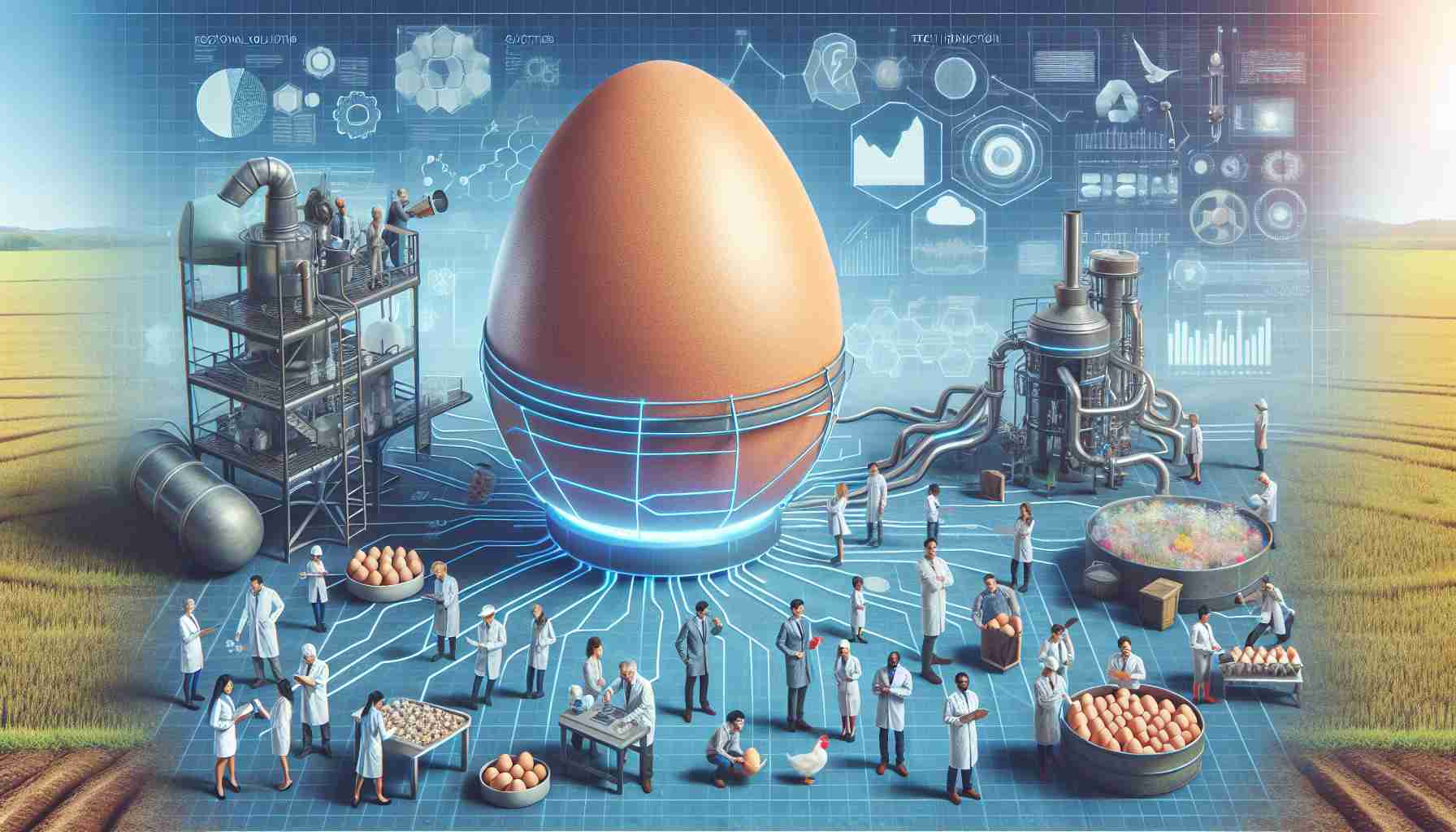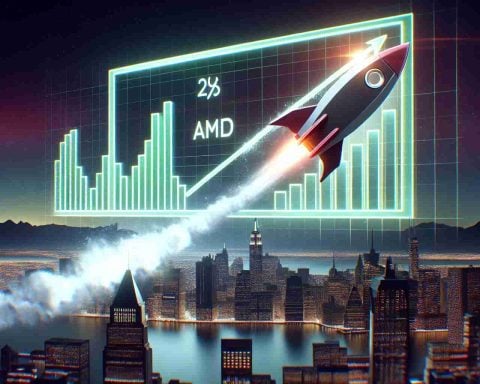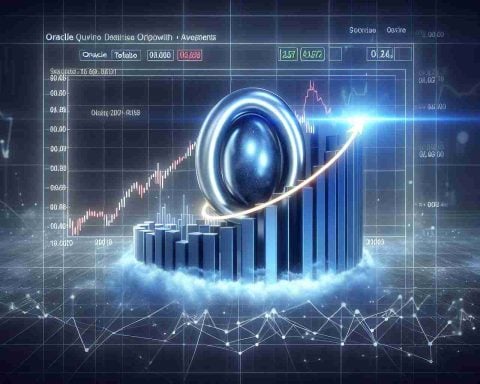- AI is transforming NBA trades by analyzing data on player performance, potential, and team fit.
- AI-driven insights aim to make trades more strategic and reduce risks for teams.
- By evaluating metrics like shooting percentages and injury history, AI helps identify undervalued talent and key players.
- AI can predict player development trends, aiding teams in aligning with long-term goals.
- The adoption of AI in trades offers a dynamic and potentially fairer market, minimizing human error and bias.
- Concerns remain about the potential loss of the human element in trade excitement.
In the ever-evolving world of the NBA, one of the latest innovations set to revolutionize how trades are conducted is the integration of artificial intelligence (AI). While player trades have traditionally depended on the instincts and negotiations between managers, the future may see AI playing a central role in decision-making processes.
AI is increasingly being used to analyze vast amounts of data, providing insights into player performance, potential, and fit within a team’s existing structure. This could lead to more informed and strategic trades, minimizing the risks for teams and maximizing their chances of success. By evaluating numerous metrics, from shooting percentages to injury history, AI can help teams identify undervalued players with high potential or suggest players who might be key to a championship-winning roster.
Moreover, AI’s ability to predict player development trends can offer a competitive edge. For example, by identifying which players are likely to improve or decline based on historical data, teams can make preemptive decisions that align with their long-term goals. This shift promises to make the trade market more dynamic and potentially fairer as AI levels the playing field by reducing human error and bias.
However, this technological shift also raises some concerns. Could AI diminish the human element that makes trades so exciting? Or will it enhance the overall quality of the game by crafting rosters that captivate audiences even more? As these technologies develop, the NBA stands on the brink of a new era in player trade strategy.
This AI Revolution Could Change NBA Trades Forever: Here’s How
Exploring the Role of AI in NBA Trades: Key Questions Answered
The integration of artificial intelligence in the NBA trade process represents a transformative shift in the sports industry. Here’s a look at some crucial aspects of this trend, answering key questions:
1. How is AI Transforming NBA Trade Strategies?
AI is revolutionizing NBA trades by providing teams with detailed and comprehensive data insights. Using machine learning algorithms, AI analyzes a wide array of metrics, including player performance statistics, injury history, and potential for future development. This data-driven approach allows teams to make strategic decisions, identifying undervalued talent and crafting deals that align with their competitive goals.
AI’s predictive capabilities in assessing player development trends also offer a competitive edge. By forecasting a player’s career trajectory, teams can position themselves for success by acquiring players who are on the verge of peak performance or divesting those projected to decline.
2. What Are the Potential Drawbacks of AI in NBA Trades?
While AI’s analytical prowess can significantly enhance trade strategies, some concerns persist. A primary worry is the potential reduction of the human element in trades, which traditionally relied on the instincts and intuition of managers. There is apprehension that the reliance on algorithms could make trades less exciting for fans who enjoy the drama and unpredictability of traditional negotiations.
Additionally, there is the question of over-reliance on AI, which might lead teams to overlook intangible factors like team chemistry and leadership qualities that aren’t easily quantifiable by data.
3. What Are the Future Predictions for AI Use in the NBA?
As AI technology continues to evolve, its role in the NBA is expected to expand even further. It could lead to innovations like AI-driven virtual scouting, where potential player recruits are evaluated through simulated environments without physical presence. Moreover, as AI systems become more sophisticated, they could help teams develop personalized training regimens based on player-specific data, optimizing individual and team performance.
Long-term predictions also foresee AI contributing to sustainability measures, such as optimizing travel schedules to reduce carbon footprints, reflecting a broader trend of digital transformation in sports.
_For more insights into sports technology and innovations, visit_ NBA.
Artificial intelligence is poised to redefine the strategic framework of NBA trades, bringing both excitement and uncertainty as the league navigates this digital frontier. As the technology matures, stakeholders must balance the benefits of AI with the quintessential human elements that make sports captivating.




















